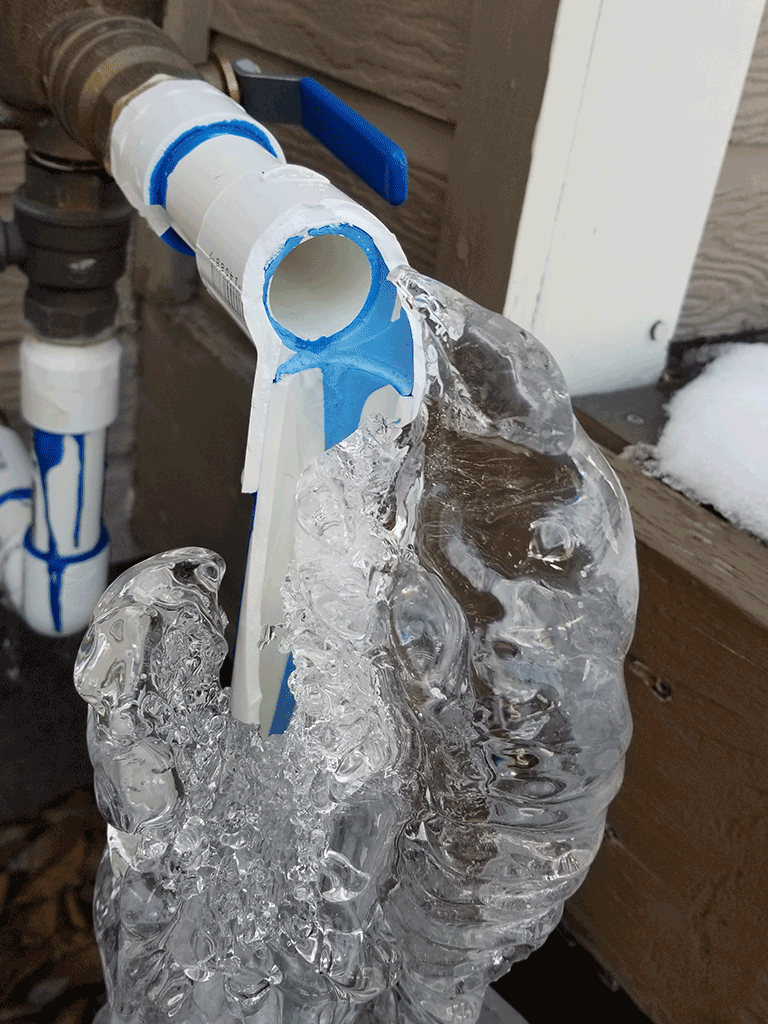They are making several great pointers relating to How to prepare your home plumbing for winter weather overall in the content in the next paragraphs.

Cold weather can ruin your plumbing, especially by freezing pipelines. Below's how to prevent it from occurring and what to do if it does.
Intro
As temperatures decrease, the threat of icy pipes rises, potentially resulting in pricey repairs and water damage. Recognizing exactly how to avoid icy pipelines is important for property owners in cold climates.
Comprehending Icy Pipes
What causes pipes to ice up?
Pipes ice up when exposed to temperatures below 32 ° F (0 ° C) for extended periods. As water inside the pipes ices up, it increases, taxing the pipeline wall surfaces and potentially triggering them to rupture.
Threats and damages
Frozen pipelines can bring about water supply disruptions, residential or commercial property damages, and costly fixings. Burst pipes can flood homes and cause comprehensive structural damages.
Indicators of Frozen Water Lines
Determining icy pipelines early can prevent them from rupturing.
Just how to identify frozen pipes
Look for reduced water flow from faucets, uncommon smells or noises from pipelines, and noticeable frost on exposed pipes.
Prevention Tips
Shielding vulnerable pipes
Cover pipes in insulation sleeves or use warm tape to shield them from freezing temperatures. Concentrate on pipelines in unheated or external areas of the home.
Heating strategies
Keep indoor spaces properly heated, specifically areas with pipes. Open up cabinet doors to allow warm air to distribute around pipes under sinks.
Shielding Outside Plumbing
Yard tubes and outdoor taps
Detach and drain pipes garden hoses before winter. Mount frost-proof faucets or cover outside faucets with shielded caps.
What to Do If Your Pipelines Freeze
Immediate actions to take
If you think frozen pipes, maintain faucets available to relieve pressure as the ice thaws. Utilize a hairdryer or towels soaked in hot water to thaw pipelines slowly.
Long-Term Solutions
Structural changes
Take into consideration rerouting pipelines far from exterior wall surfaces or unheated areas. Add extra insulation to attic rooms, basements, and crawl spaces.
Updating insulation
Buy premium insulation for pipes, attic rooms, and walls. Correct insulation helps keep consistent temperature levels and reduces the risk of frozen pipelines.
Conclusion
Preventing icy pipelines needs aggressive measures and fast actions. By understanding the causes, indicators, and safety nets, house owners can secure their plumbing throughout winter.
6 Proven Ways to Prevent Frozen Pipes and Protect Your Home
Disconnect and Drain Garden Hoses
Before winter arrives, start by disconnecting your garden hoses and draining any remaining water. Close the shut-off valves that supply outdoor hose bibs and leave the outdoor faucet open to allow any residual water to drain. For extra protection, consider using faucet covers throughout the colder months. It’s also important to drain water from any sprinkler supply lines following the manufacturer’s directions.
Insulate Exposed Pipes
Insulating your pipes is an effective way to prevent freezing. Pipe insulation is readily available at home improvement stores and is relatively inexpensive. Pay close attention to pipes in unheated areas such as the attic, basement, crawl spaces, or garage. Apply foam insulation generously to create a buffer against the cold. You can also wrap your pipes in heat tape or thermostat-controlled heat cables for added warmth.
Seal Air Leaks
Inspect your home for any cracks or openings that could let in cold air. Seal any holes around the piping in interior or exterior walls, as well as the sill plates where your home rests on its foundation. Additionally, make sure to keep your garage door closed unless you’re entering or exiting. Leaving it open creates a significant air leak that can lead to frozen pipes.
Allow Warm Air Circulation
During cold snaps, it’s essential to allow warm air to circulate evenly throughout your home. Leave interior doors ajar to promote better airflow. Open kitchen and bathroom cabinets to help distribute heat consistently around the rooms. If you have small children or pets, be sure to remove any household chemicals or potentially harmful cleaners from open cabinets for safety.
Let Faucets Drip
A small trickle of water can make a big difference in preventing ice formation inside your pipes. When temperatures drop significantly, start a drip of water from all faucets served by exposed pipes. This continuous flow helps prevent the water from freezing. Additionally, running a few faucets slightly can relieve pressure inside the pipes, reducing the chances of a rupture if the water inside does freeze.
https://choateshvac.com/6-proven-ways-to-prevent-frozen-pipes-and-protect-your-home/

I am very interested by 6 Ways to Prevent Frozen Pipes and I hope you enjoyed reading the blog posting. Are you aware of somebody who is excited by the subject? Do not hesitate to share it. Thank you for your time. Please come by our site back soon.
Call Today
Comments on “Essential Advice to Prevent Frozen Pipes in Cold Weather: Professional Guidance”